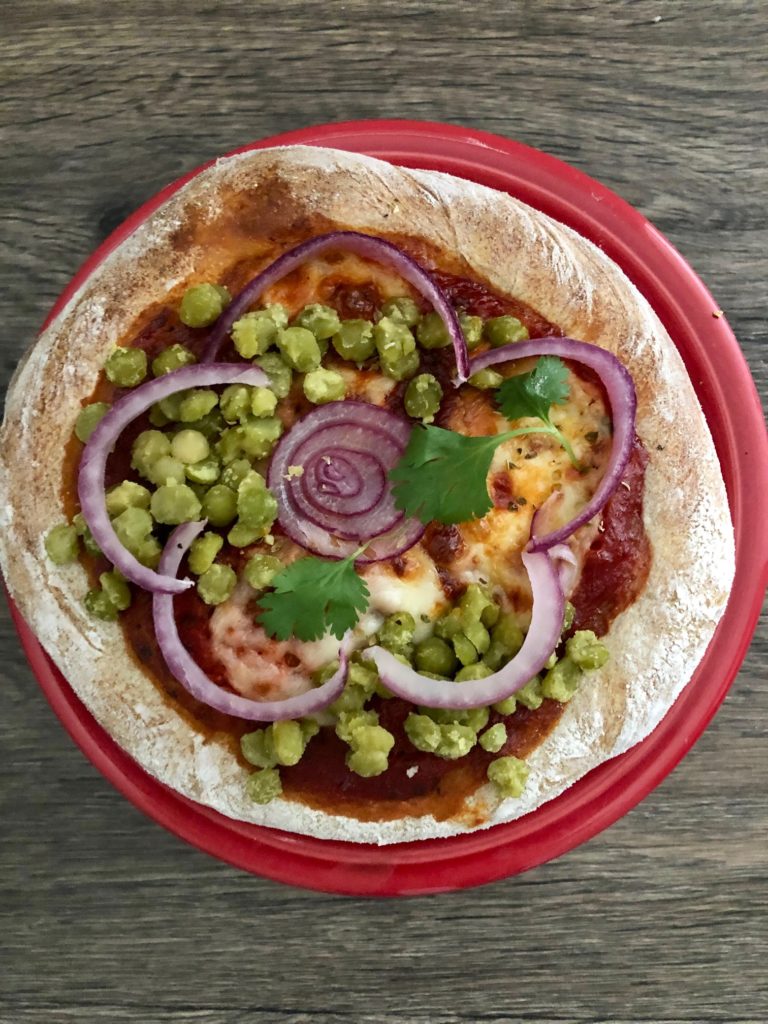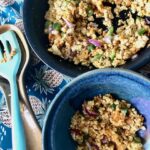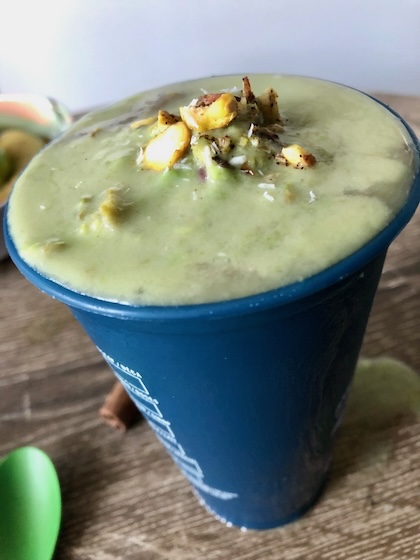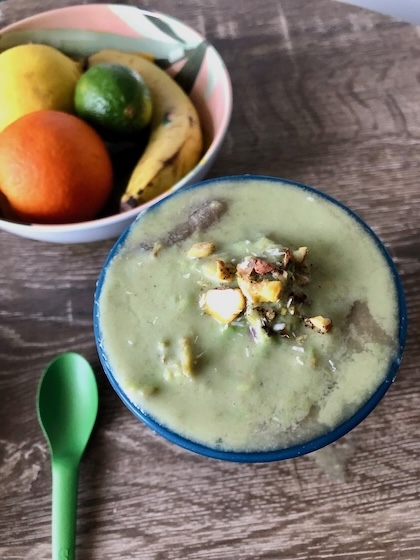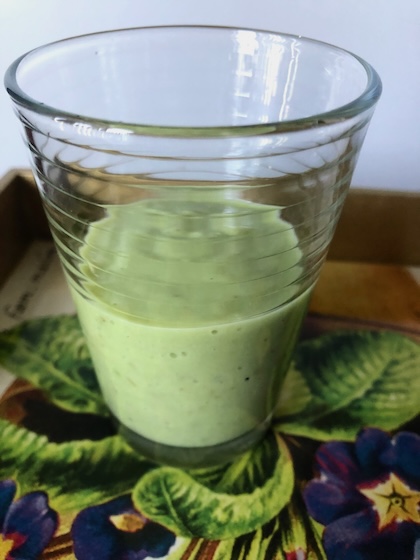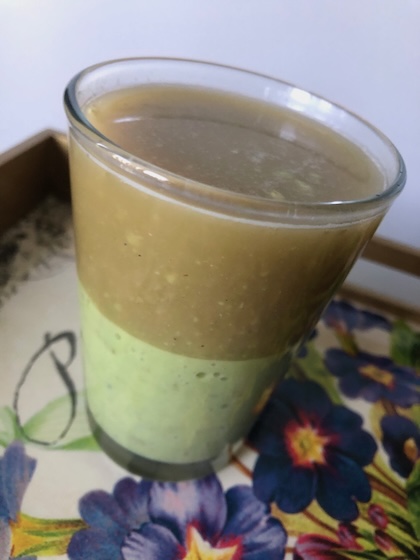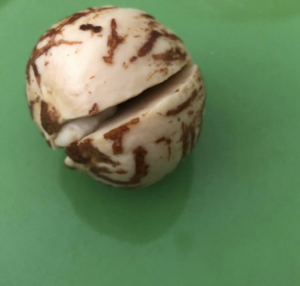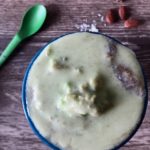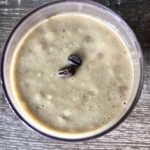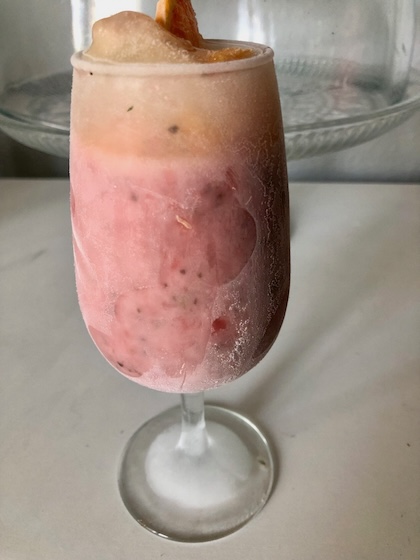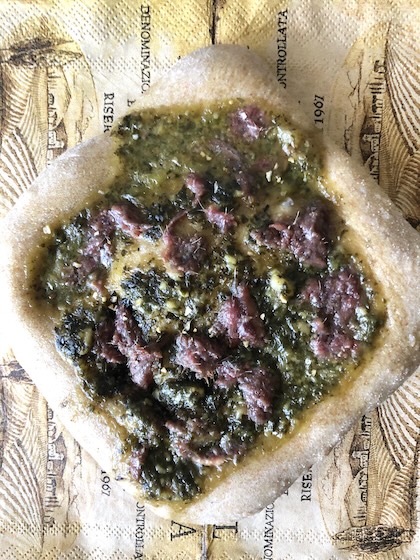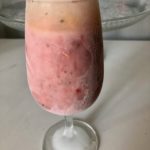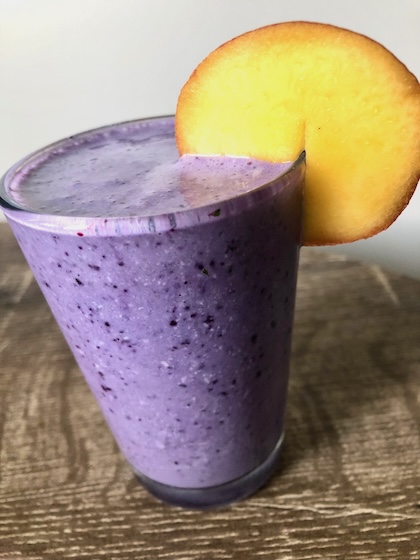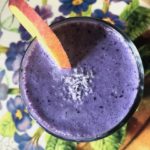Healthy protein foods are a priority at the top of healthy eating and weight loss. They go hand in hand with healthy fats.
And plant based foods are fun to plant into your overall diet because they add color, textures and flavor.
In catering, we always leaned into plant based foods for the color like in a Crudite dish with raw crunchy veggies and the rainbow effects from the anti-inflammatory polyphenols.
…which makes them wildly nutritious and can be the healthy rainbow food on your plate! 🌈
Making them delicious in dishes from their natural bland-boring taste and out of their whole identity or grocery packaging is what makes the tasty edible difference.
Well… when it’s reframed that way, then we can embrace adding more plant-based foods to our healthy diets. They’re sustainable.
But the real problem with veggies if there is one, is that they’re not filling to our bellies.
Most are low calories leaving us feeling hungry. And that can be good for weight loss when balanced in our lives…
Plus adding healthy protein foods to fill in the gaps for us.
Like these examples:
A plant-based tofu “chorizo” healthy protein foods dish doused with balancing Ayurvedic spices.

You can add alliums like onion and garlic that are fiber and good for immunity. Plus green veggies like green bell peppers, and plenty of spices make this a balanced healthy meal.
You can save tomato for your Italian dishes and lean in on the sweet potato in this dish. 🍠
The spices add the flavor and this one has paprika, turmeric, 5 spices, garlic powder, and cumin.
And for healthy proteins, while sausage is usually high in saturated fats, tofu has healthy fats (Omega-3 and unsaturated fat types) and nutrients like magnesium and calcium so it can be a chorizo substitute.
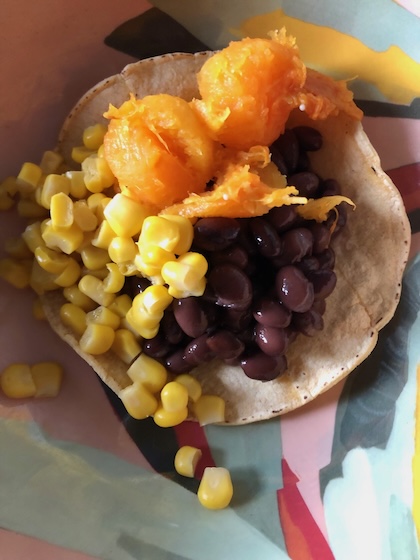
Other healthy protein foods include a 3 Sisters dish that celebrates beans at the heart of plant-based healthy protein foods.
This is a complete meal. If you have a corn, beans, and squash trifecta, and also add olive oil or avocado to the meal, then you have all your macros in one. That’s tasty and healthy smart eating.
The stuff I get wildly excited about, plus playing with food. 😊
…Like a plant-based homemade pizza that can be made with wholesome healthy whole wheat, and in as much time as it takes to place a pizza order and have it delivered… and it’s funny I would know because for 4 teenage years, I was a pizza maker for Domino’s Pizza.
That would be a long time for a teen in today’s working world… but I had fun working. People at all ages stay put when they’re happy.
Back then, like most my age I leaned into the carefree happy over healthy.
These days, wiser having tried more food experiences, we can make better choices.
And we can bake and make our own meals where we get to choose ingredients.
Whole wheat flour is slightly higher in protein and fiber than everyday white flour. And that reminder can help move us closer to healthy desires.
Each step starting with food thoughts make us intentional about what we manifest in this Life.
If we source healthy ingredients and foods, then that’s what ends up on our plates and in our bodies.
And the choice of healthy protein foods is a healthy leader for us and our meals especially when we choose the protein foods first.
Too often we have healthy intentions but end up with the happy for any number of reasons. 😋
So balance or a happy medium I like to say is the best approach… and in my world, I lean into the happy tastes and end up doing the healthy without compromising taste…. and happy to give healthy friend advice.
It’s simple when there’s no pressure to eat healthy, so then it’s easier to make the healthy choice most the time because the freedom of choice…
And we can do that when we go out also. There are plenty of healthy and tasty places to eat these days.
Intentional good foods is what happened when I planned events for American restaurants serving Mediterranean cuisines.
Those experiences made me appreciate small plates and family style foods with healthy flavors.
At a Spanish tapas place, small appetizer plates were the only plates they had.
They also had gigantic paella pans (that could’ve held all the small plates inside).
One was the Friday happy hour pan fit for as big as a dining room table.
I remember back when I would blog every day and the people I worked for didn’t even know what a blog was. I just told them it’s marketing and they let me do my thing, haha.
But the people that were coming to the blog, got it.
You all get it. 😀
I shared recipes and special happenings that’s still the way things are today.
And in the Italian, Spanish, and Lebanese restaurants where I was a food insider, one common ingredient used was tomatoes. Often it was a subtle hint as part of a mixture of flavors we call a relish.
Like Meshi Bel Zeit stuffed veggies that was the vegetarian option for Lebanese events.
For home meals, a dish like that would pair well with a common tomato dish that goes well with many healthy protein foods including peas.
Green peas are a good source of healthy protein as are chickpeas. That makes us hap-pea! 🫛
And quinoa is good to add to our healthy protein foods list. It’s another complete meal.
Quinoa has 9 essential amino acids that our bodies can’t make, so you can definitely feel full after a bowl. It’s a food illusion because you’re eating what looks like a cooked grain (starch), but as a pseudo-grain it’s acts more like a protein super food when it lands in your body.
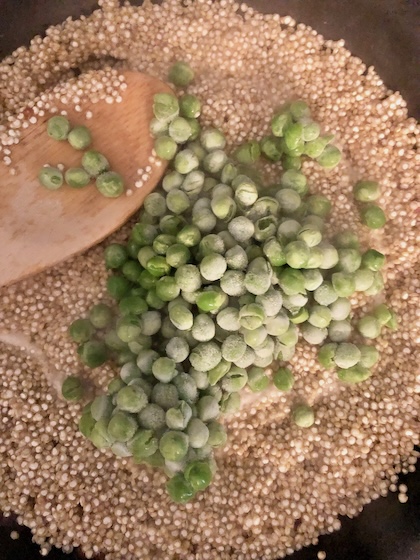
And even more of an illusion when you add quinoa as a breakfast cereal. This would’ve been a great way to start the back-to-school days if we knew about the super grain way back then.
3 Tips for Cooking Quinoa – Healthy Protein food
1. Use a pan (instead of a pot) for more even cooking.
2. Toast your quinoa on the stovetop before cooking.
3. Don’t salt your dish until the end if you use peas so they don’t dehydrate.
You can make a quinoa paella like this one made of quinoa instead or rice, and then add other healthy protein foods on top. This way you can get all your protein grams in that day with a bottomless quinoa dish.
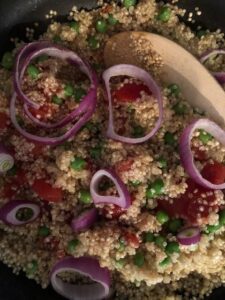
If gram numbers count for you… the easy way to remember is to take your weight and divide by two for a rough idea of how many pr0tein grams you’re looking for.
Quinoa paella would also be deliciously paired with a za’atar cracker.
You can also pair a tasty, cool healthy beverage to go with your healthy dishes.
Vegetarian Chorizo Tofu Dish with Spices
Ingredients
- 1 package tofu, firm or extra firm
- spices: paprika, five spices, turmeric, cumin and onion powder (or fresh onion)
- frozen peas
Instructions
- Take tofu out of package. Drain water and place on a pan. Break up tofu with a spatula into small crumbles.
- Turn on med-high heat for a few minutes.
- Add balanced Ayurvedic spices to taste: paprika, five spices, turmeric, cumin and onion powder.
- Add frozen peas. Tip: do not add salt while cooking, so peas don't dehydrate.
- Turn down heat and cook for another 15 minutes or so, until tofu is firm.

